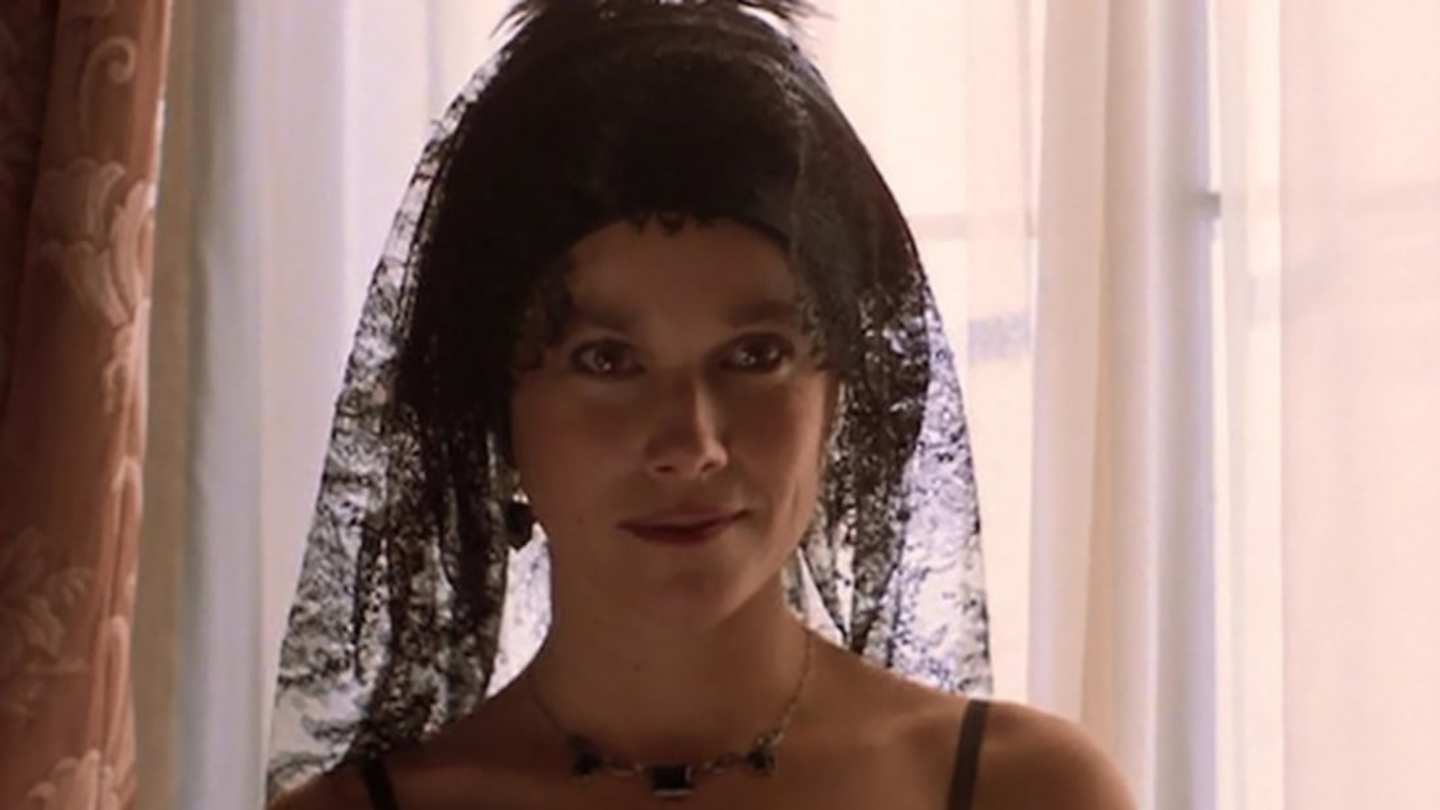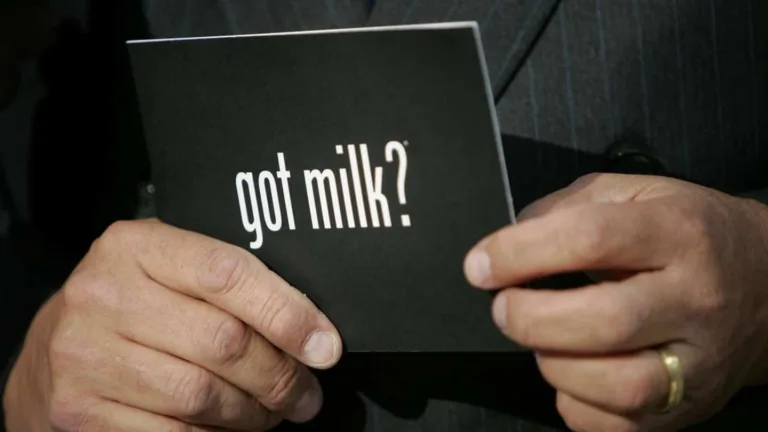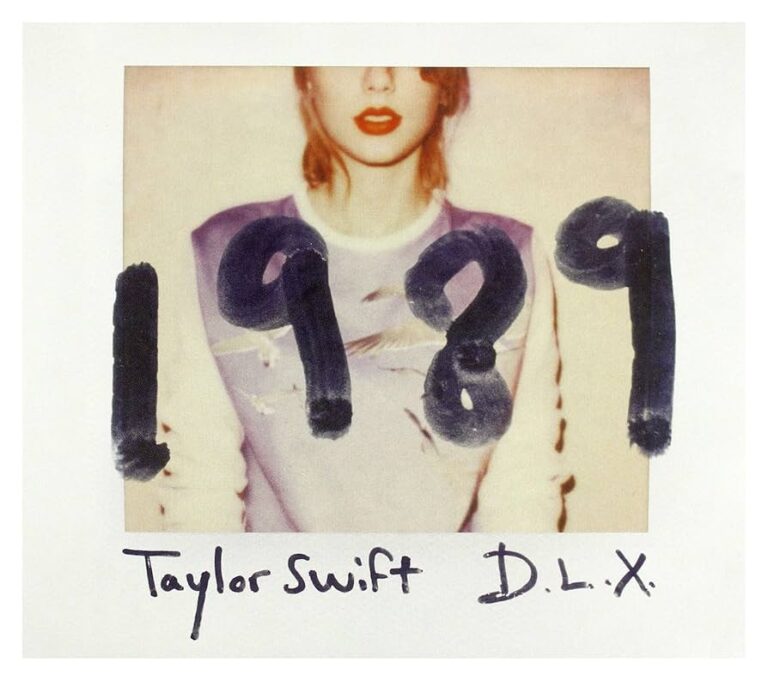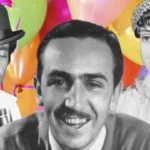The story of “The Natural” is a tale that transcends the boundaries of fiction and dives headfirst into the realm of reality. While the novel is the natural based on a True Story, it’s not simply a retelling of events. Bernard Malamud, the brilliant author who penned this Captivating Work, took inspiration from the real-life obsession between Ruth Ann Steinhagen and Philadelphia Phillies player Eddie Waitkus, weaving their story into a fictional narrative that explores themes of love, obsession, fate, and the American dream.
This unlikely duo’s story began in the late 1940s when Steinhagen, captivated by Waitkus’ Athletic Prowess, became consumed with thoughts of him. Her infatuation went beyond typical admiration; she built a shrine in her bedroom, insisted on having his place set at every meal, and even learned Lithuanian to connect with his heritage. This intense yearning, however, took a dark turn when Steinhagen Resorted To Violence, shooting Waitkus in the chest with a rifle. The incident sent shockwaves through the nation, Raising Questions About Obsession, Mental Health, and the blurred lines between reality and fantasy.
Waitkus’ survival against all odds added another layer of intrigue to this already Captivating Saga. His recovery from two blood transfusions and six surgeries became a symbol of hope, while Steinhagen’s subsequent commitment to a mental institution highlighted the tragic consequences of unchecked obsession. The story doesn’T End There, though.
Ruth Ann Steinhagen’s Obsession
Ruth Ann Steinhagen’s obsession with Eddie Waitkus wasn’t a fleeting infatuation; it was a consuming force that dominated her thoughts and actions. Her fascination went far beyond simply Admiring His Baseball Talent. She meticulously followed his career, collecting newspaper clippings and memorabilia dedicated To Him.
Her bedroom transformed into a shrine adorned with pictures of the handsome athlete, and she would spend hours gazing at them, lost in daydreams about a future together. Steinhagen even went to extraordinary lengths to connect with Waitkus, learning Lithuanian—the language spoken by his parents Who Emigrated From Lithuania—in an attempt to bridge the Gap Between Them. This level of devotion soon crossed the line into unhealthy territory, demonstrating the powerful grip her obsession had on her.
 Famous Street Musicians: From Busking to Stardom
Famous Street Musicians: From Busking to StardomHer yearning for connection was so intense that she felt compelled to create a place for him at Every Meal, setting a chair and plate specifically for Waitkus as if he were Truly Present. This ritual highlighted the extent to which Steinhagen’s reality was intertwined with her imagined relationship with the baseball player. It’s important to remember that while her actions were ultimately tragic, they were born from a deep-seated longing for connection, illustrating how powerful and destructive obsession can be.
The Shooting and Its Aftermath
In a chilling turn of events, Steinhagen’s obsession reached its horrifying climax on June 10th, 1949. Unable to contain her desperate yearning, she purchased a rifle and booked a room at The Congress Plaza Hotel in Chicago—the same hotel where the Philadelphia Phillies team was staying. She then sent Waitkus a note Inviting Him To Meet Her, setting the stage for a fateful encounter. When Waitkus arrived, Steinhagen shot him once in the chest, shattering the tranquility of the evening and sending shockwaves through the nation.
Waitkus miraculously survived despite sustaining critical injuries. He underwent two blood transfusions and six grueling operations before finally recovering. The shooting sent ripples throughout the baseball world and beyond. Public opinion was divided; some saw Steinhagen as a deranged stalker, while others expressed sympathy for her Mental State.
The legal proceedings that followed were Equally Complex. While Steinhagen confessed to the crime, she was deemed insane by a jury and committed to a mental institution. Interestingly, when she was later declared sane, Waitkus chose not to press charges Against Her. This decision speaks volumes about his character – he opted for forgiveness over vengeance, demonstrating a remarkable level of compassion in the face of unimaginable trauma.
Waitkus’s Survival And Recovery
Despite the severity of his injuries, Eddie Waitkus defied all odds and survived the gunshot wound inflicted by Steinhagen. His recovery was a long and Arduous Journey, requiring two blood transfusions and six intensive operations to repair the damage. Doctors were initially pessimistic about his chances, but Waitkus’s determination to live proved stronger than the bullet that had pierced his chest.
 Famous Street Musicians: From Busking to Stardom
Famous Street Musicians: From Busking to Stardom Aaron Hernandez Biography: From Nfl Star to Tragedy
Aaron Hernandez Biography: From Nfl Star to TragedyHis ordeal tested both his physical and mental resilience. He endured weeks of pain, rehabilitation, and uncertainty as he fought to regain his strength and mobility. Thankfully, with dedicated medical care and unwavering support from his family and friends, Waitkus slowly made progress.
The baseball world watched with bated breath as Waitkus gradually returned to form. His comeback story became a symbol of hope and perseverance, inspiring fans across the country. He even managed to play again for The Philadelphia Phillies, albeit with a lingering reminder of the traumatic event that nearly ended His Life.
Inspiration for “The Natural”
The extraordinary story of Ruth Ann Steinhagen and Eddie Waitkus captivated the imagination of many, including Bernard Malamud, a renowned American novelist known for his insightful and thought-Provoking Works.
Malamud was deeply intrigued by the complex interplay of obsession, crime, and redemption in this real-Life Saga. He saw within it the seeds of a powerful narrative that could explore the darker aspects of human nature and the enduring power of hope. Inspired by this captivating true story, Malamud embarked on a literary journey that would culminate in his masterpiece, “The Natural.”
Published in 1952, “The Natural” became an instant success, lauded for its compelling characters, Poetic Prose, and exploration of themes such as ambition, innocence, and the search for redemption. The novel bears striking similarities to the real-life events that inspired it, with a protagonist named Roy Hobbs who rises to baseball stardom but is ultimately plagued by tragedy and betrayal. Though fictionalized, “The Natural” serves as a powerful testament to the enduring impact of Steinhagen and Waitkus’S Story, demonstrating how even the most harrowing Events Can Inspire Literary Brilliance.
A Lasting Legacy
The story of Ruth Ann Steinhagen and Eddie Waitkus continues to fascinate and intrigue people decades after the Events Unfolded. It serves as a haunting reminder of the complexities of human nature, the power of obsession, and the unpredictable twists and turns that life can take.
Though their paths diverged tragically, their names remain forever intertwined in a narrative that has resonated through generations. The real-life drama that inspired Bernard Malamud’s “The Natural” continues to captivate readers and viewers, ensuring that Steinhagen and Waitkus’s story will never be forgotten.
Their legacy serves as a testament to the enduring power of storytelling, demonstrating how even the most unsettling events can serve as inspiration for art and reflection, leaving an indelible mark on our Collective Consciousness.










